London’s an incredible city, but sometimes you need a break from the hustle and bustle. The good news is that England’s compact size means you can escape the capital and still be back for dinner. Whether you’re craving medieval castles, stunning coastlines, or charming countryside villages, there’s something within easy reach.
The beauty of day trips from London lies in their accessibility and variety. Here’s a list of 18 destinations that prove you don’t need to venture far to find adventure, history, and natural beauty.
Bath

Bath feels like stepping into a Jane Austen novel, and that’s no accident since she actually lived here. The city’s honey-colored Georgian architecture creates one of the most beautiful urban landscapes in England. The Roman Baths are the main draw, where you can walk through 2,000-year-old ruins and even taste the mineral-rich spa water. The whole city is a UNESCO World Heritage Site, so everywhere you turn, there’s something worth photographing.
Canterbury
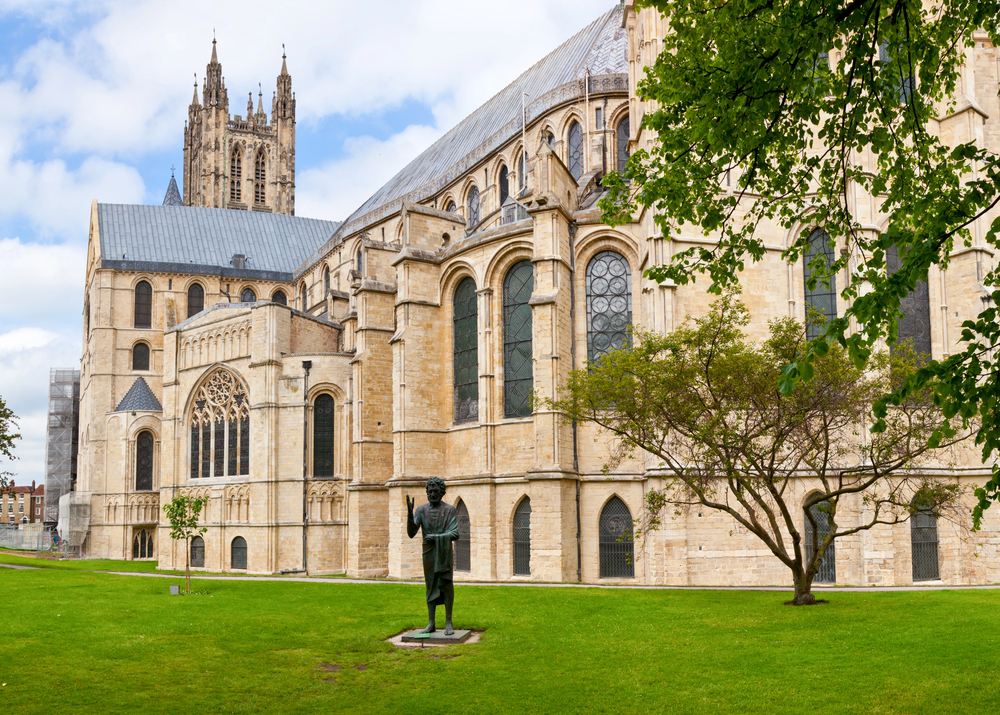
Canterbury Cathedral has been drawing pilgrims for over 800 years, and it’s easy to see why. This massive Gothic structure dominates the city and houses the tomb of Thomas Becket, making it one of Christianity’s most important sites. The medieval streets around the cathedral are perfect for wandering, with timber-framed buildings that survived World War II bombing. You can walk the city walls for great views, or duck into one of the many pubs that have been serving travelers for centuries.
Windsor
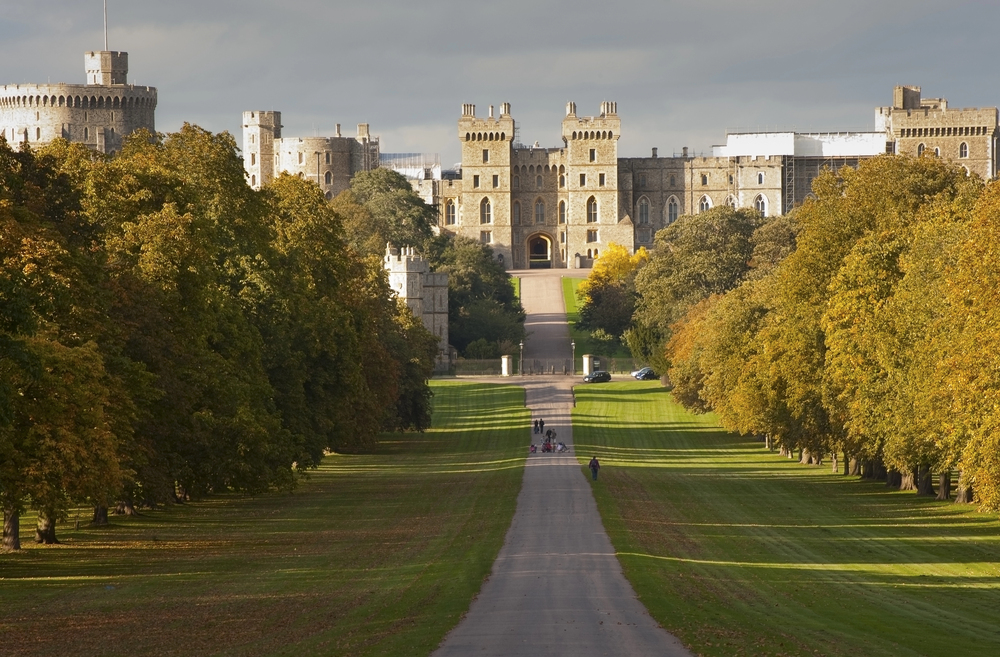
— Photo by Veneratio
Windsor Castle isn’t just a tourist attraction — it’s an actual working royal residence where the Queen spends many weekends. The State Apartments are jaw-droppingly ornate, filled with paintings by Rembrandt and Rubens. St. George’s Chapel, where Prince Harry and Meghan Markle got married, showcases some of the finest Gothic architecture in England. The changing of the guard ceremony here feels more intimate than the one at Buckingham Palace, and you can explore the lovely town of Windsor afterward.
Oxford
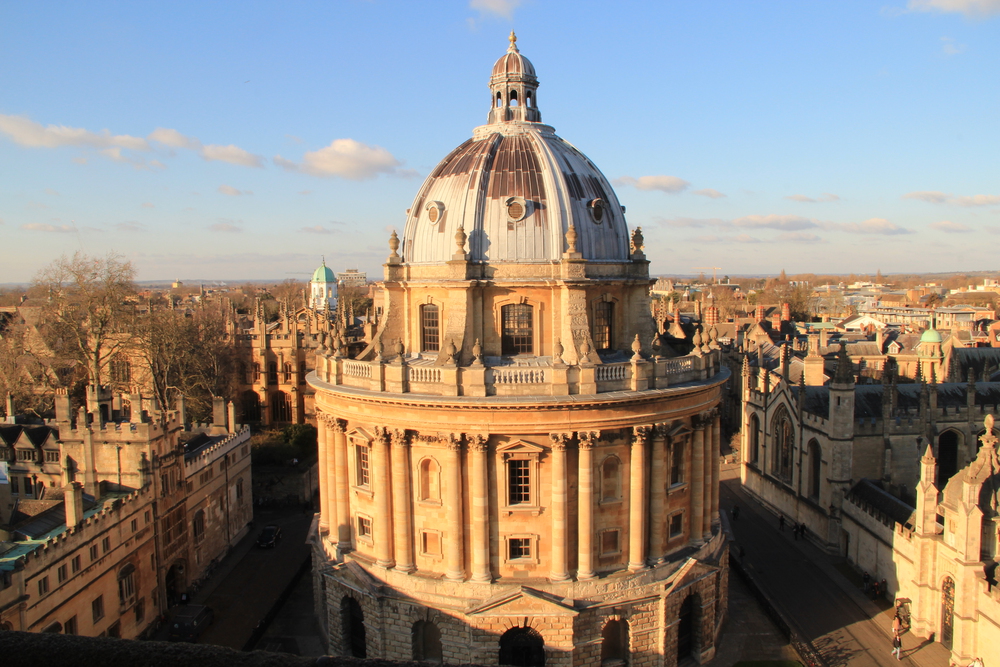
Oxford University predates the Aztec Empire, which puts its 900-year history into perspective. The Bodleian Library looks like something straight out of Harry Potter (and actually was used in the films), with its ancient reading rooms and towering book stacks. Walking through the various college courtyards gives you a glimpse into student life that hasn’t changed much over the centuries. The city itself buzzes with energy, thanks to thousands of students who keep the pubs and cafés lively year-round.
Stratford-upon-Avon
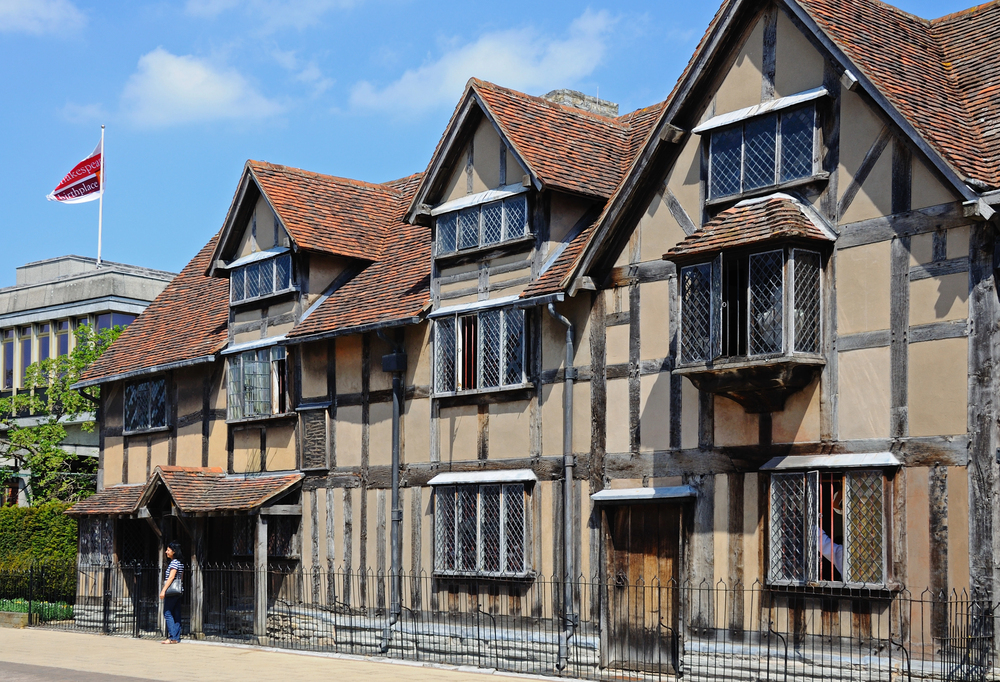
— Photo by arenaphotouk
Shakespeare’s birthplace trades heavily on its famous son, but it does so with genuine charm. The half-timbered house where the Bard was born is surprisingly modest, giving you a real sense of his humble beginnings. The Royal Shakespeare Company performs its plays year-round in theaters that feel intimate despite their world-class status. Even if you’re not a literature buff, the medieval streets and riverside walks make for a pleasant day out.
Brighton
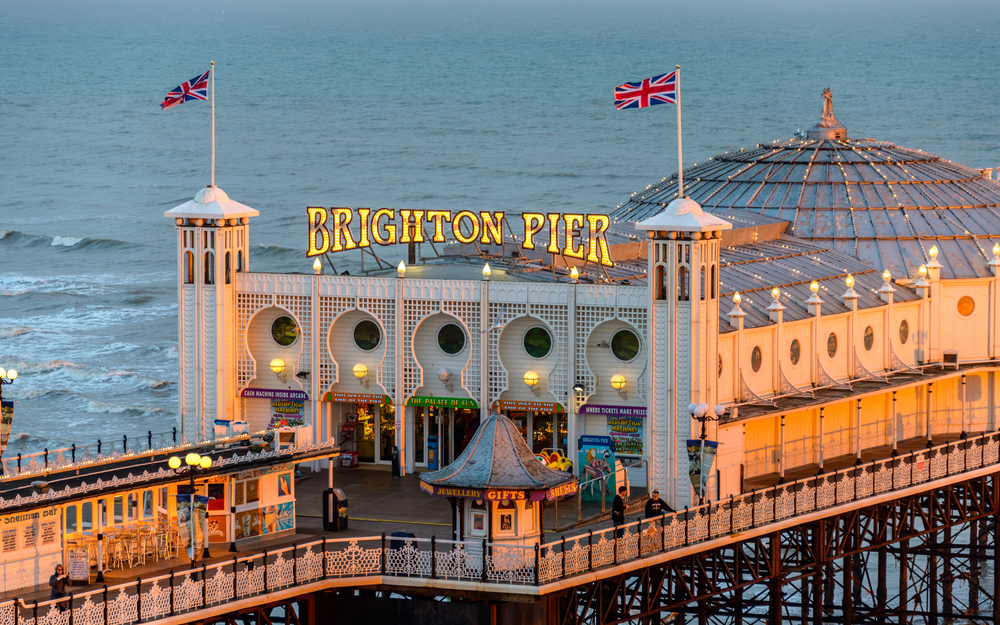
— Photo by dutourdumonde
Brighton’s like London’s cheeky younger sibling — it’s got the culture and energy without taking itself too seriously. The Royal Pavilion looks completely bonkers with its Indian-inspired domes and Chinese-decorated interiors, built by the party-loving Prince Regent. The pier stretches into the English Channel with classic seaside attractions, while the Lanes offer vintage shopping and independent cafés. The pebbly beach might not be tropical, but the seafront buzzes with street performers and the kind of eccentric characters who make Brighton special.
Cambridge
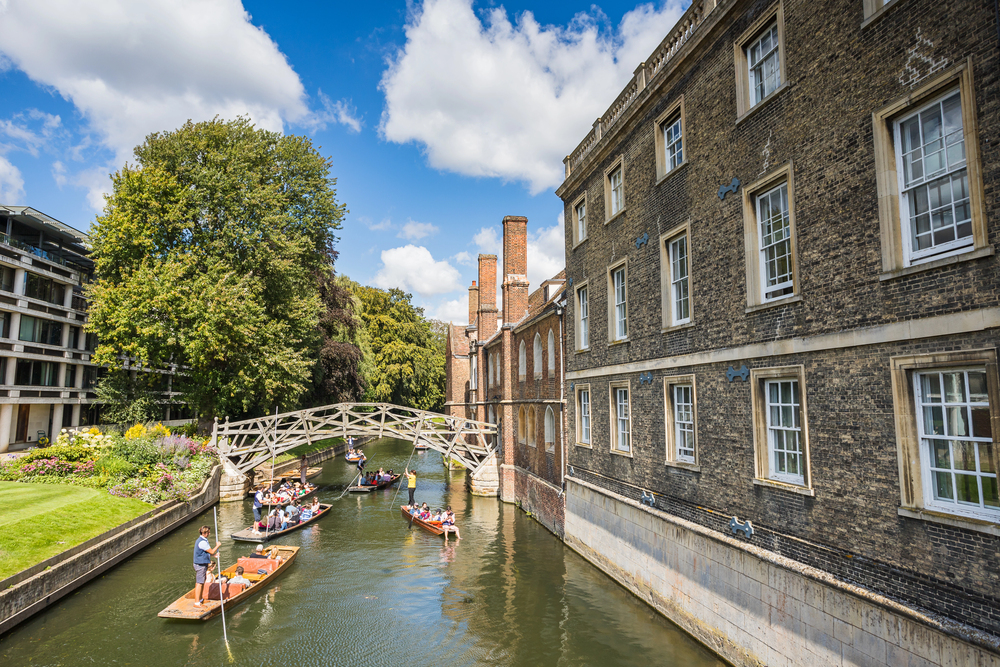
— Photo by wellsie82
Cambridge gives Oxford a run for its money in the beauty stakes, especially when you’re punting along the River Cam. The colleges here feel more spread out and green than Oxford’s, with King’s College Chapel being an absolute masterpiece of medieval architecture. The Fitzwilliam Museum houses treasures that rival many national collections, while the city center maintains a perfect balance between ancient and modern. Students cycling everywhere adds to the timeless atmosphere that makes Cambridge feel like a living postcard.
Stonehenge

Stonehenge continues to baffle archaeologists and visitors alike, which is part of its enduring appeal. These massive stones were somehow transported from Wales over 4,000 years ago, using technology we still don’t fully understand. The audio guide helps bring the site to life, explaining the various theories about its purpose — from ancient calendar to healing temple. The surrounding landscape is equally fascinating, dotted with burial mounds and ancient paths that predate the famous stone circle.
Greenwich
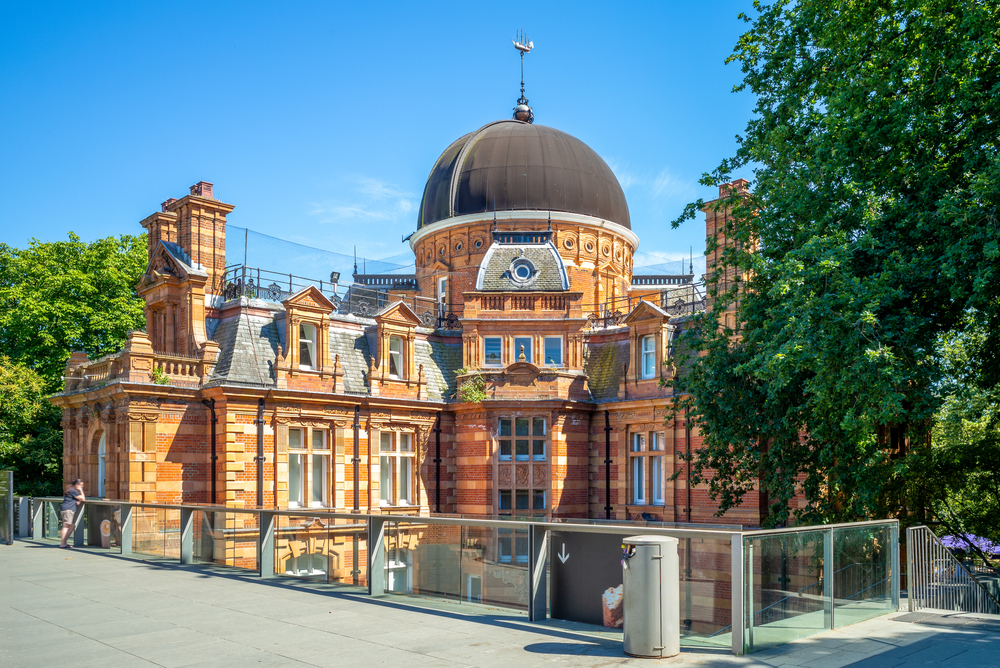
Greenwich feels like a village that got swallowed by London but managed to keep its identity. The Royal Observatory sits atop a hill where you can literally stand on the Prime Meridian line that divides the eastern and western hemispheres. The National Maritime Museum tells Britain’s seafaring story with interactive exhibits that make naval history surprisingly engaging. The Cutty Sark, a restored 19th-century clipper ship, lets you explore what life was like for sailors racing to bring tea from China.
Hampton Court Palace
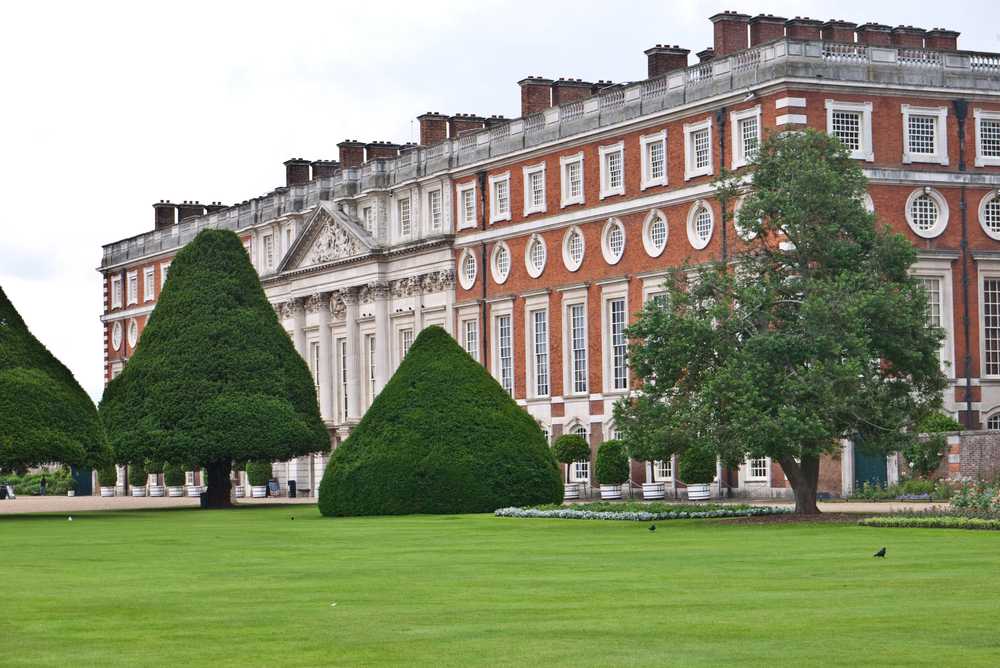
— Photo by waleber
Hampton Court Palace showcases Tudor excess at its finest, built by Cardinal Wolsey and later seized by Henry VIII. The Great Hall feels suitably intimidating with its hammer-beam roof and tapestries, while the Tudor kitchens show how they fed 600 people daily. The palace gardens are as impressive as the building itself, featuring the famous maze that’s been confusing visitors for over 300 years. Ghost stories abound here, including Catherine Howard, who allegedly still runs screaming through the galleries.
Dover

Dover’s white cliffs have welcomed and warned visitors to Britain for millennia, creating one of the country’s most iconic sights. Dover Castle, known as the ‘Key to England,’ has guarded this crucial crossing point for over 900 years. The secret wartime tunnels beneath the castle tell the dramatic story of Operation Dynamo, the Dunkirk evacuation that helped save Britain in World War II. On a clear day, you can actually see France across the English Channel, making this feel like England’s front door.
Cotswolds
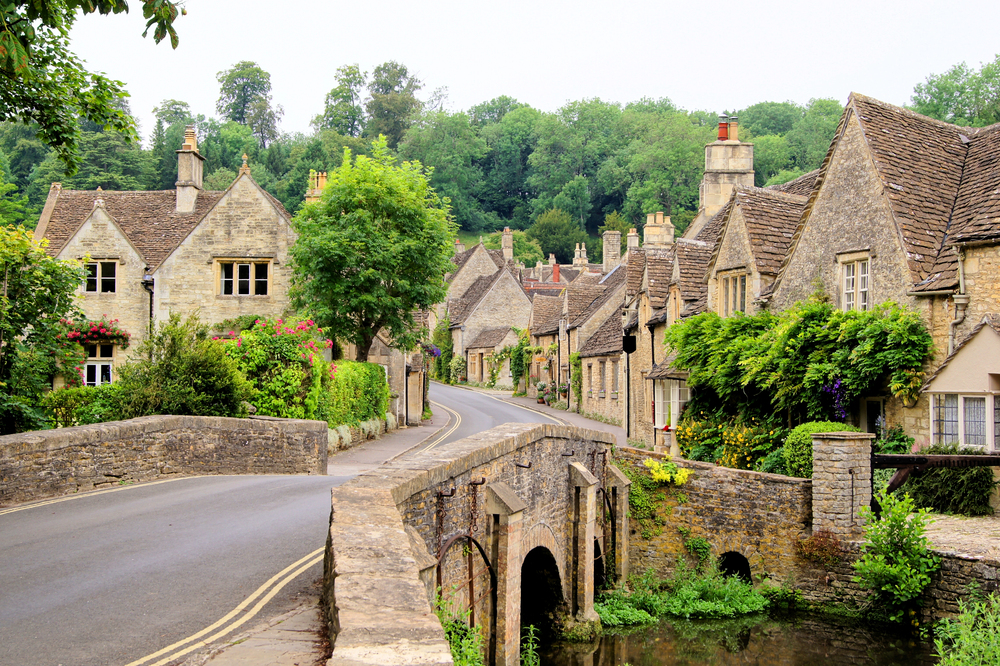
The Cotswolds represent the English countryside at its most picture-perfect, with honey-colored stone villages that look like they belong on chocolate boxes. Bourton-on-the-Water gets called the ‘Venice of the Cotswolds’ thanks to its low bridges crossing the River Windrush. Chipping Campden showcases medieval wool wealth with its beautiful high street and historic market hall. These villages developed their distinctive look from local limestone that weathers to a warm golden color, creating a harmony that feels almost too perfect to be real.
Rochester
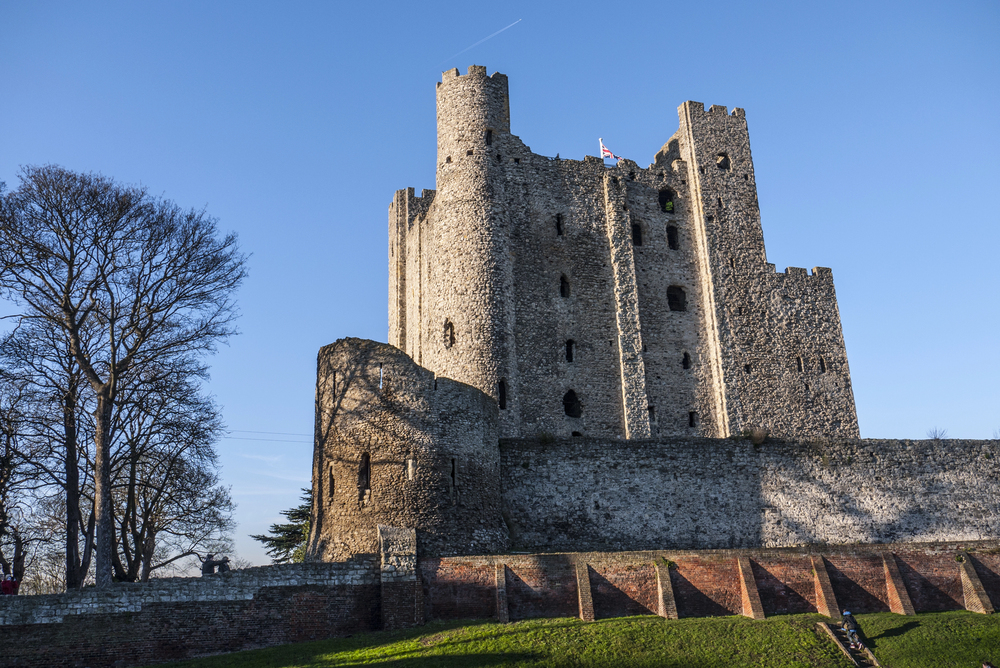
Rochester punches above its weight for a small city, with a Norman castle that dominates the Medway Valley. Charles Dickens lived nearby and set several novels here, and you can still see many of the buildings he described. The cathedral, though smaller than Canterbury’s, contains some beautiful medieval artwork and peaceful cloisters. The high street runs downhill toward the river, lined with independent shops and cafés that give the place an authentic, lived-in feel that many tourist towns lack.
St. Albans
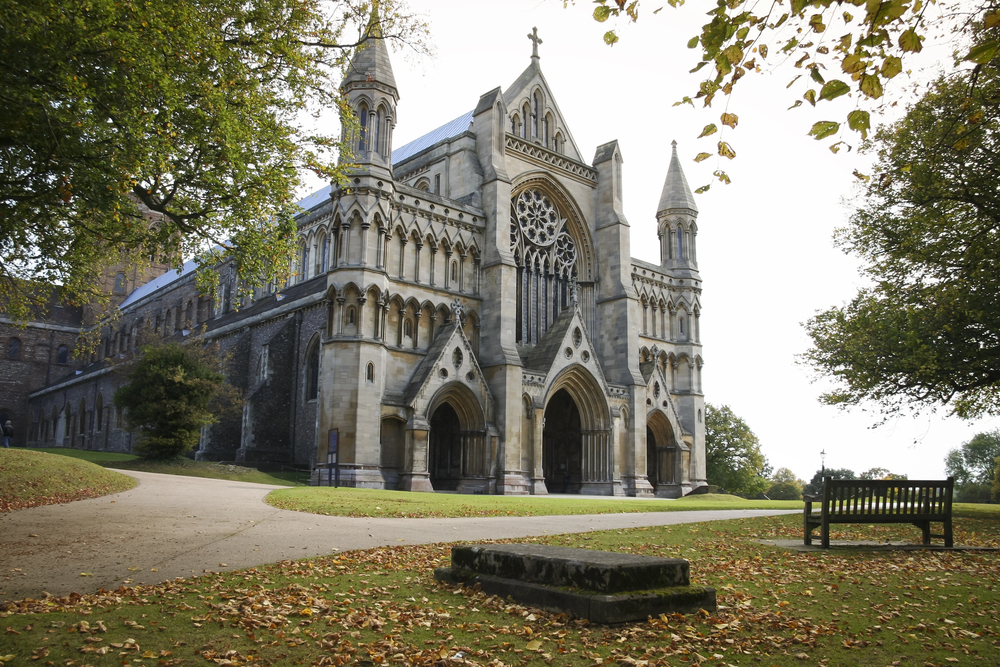
St. Albans sits on Watling Street, the Roman road that connected London to Wales, and you can still sense its ancient importance. The cathedral was built using bricks from the nearby Roman city of Verulamium, creating a unique red-and-flint pattern you won’t see anywhere else. The Roman theater ruins are some of the best-preserved in Britain, while the Verulamium Museum brings daily life in Roman Britain to vivid life. The modern city center blends seamlessly with medieval streets, creating a place that feels both historic and contemporary.
Rye
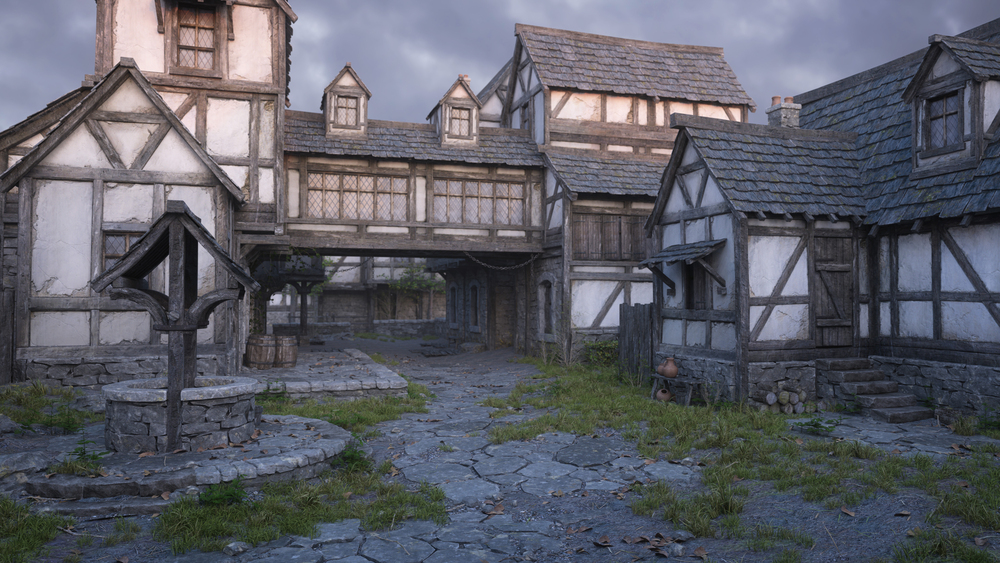
Rye perches on a hill overlooking Romney Marsh, a medieval port that found itself stranded when the sea retreated. The cobbled Mermaid Street slopes steeply downhill, lined with timber-framed houses that lean at impossible angles. The town’s church tower offers panoramic views across the marsh to the sea, while the Ypres Tower tells the story of Rye’s time as one of the Cinque Ports. This place inspired Henry James and E.F. Benson, and walking its narrow streets explains why writers found it so atmospheric.
Salisbury
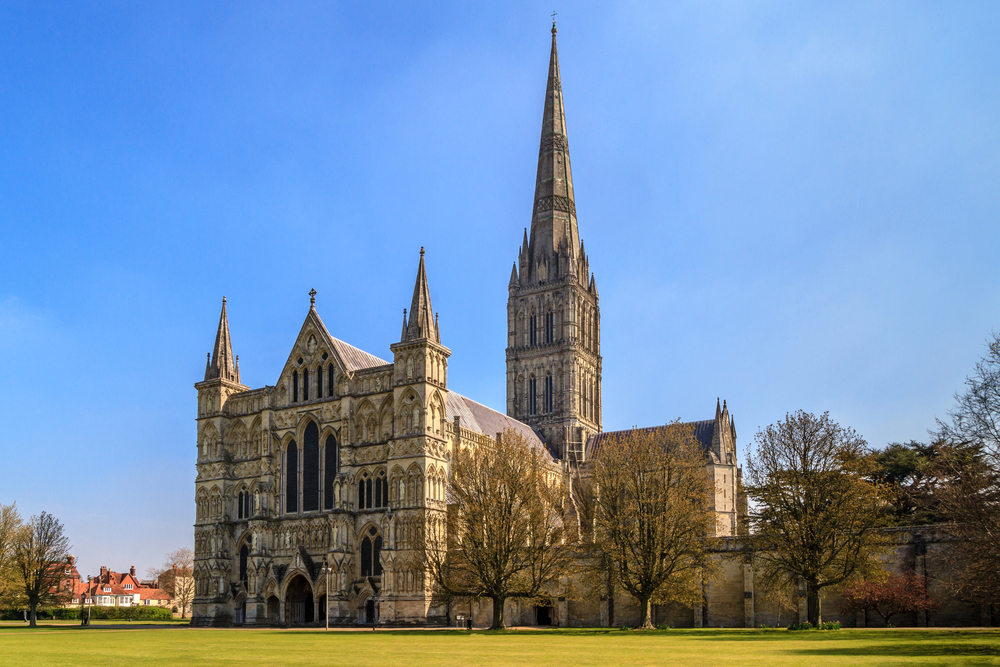
Salisbury Cathedral boasts the tallest spire in Britain, visible for miles across the surrounding plain. The building was completed in just 38 years, which explains its remarkably unified Gothic style — most cathedrals took centuries to build. The Magna Carta exhibition displays one of only four surviving original copies of this foundation document of democracy. The medieval city layout remains largely intact, with the market square hosting traders just as it has for over 700 years.
Warwick
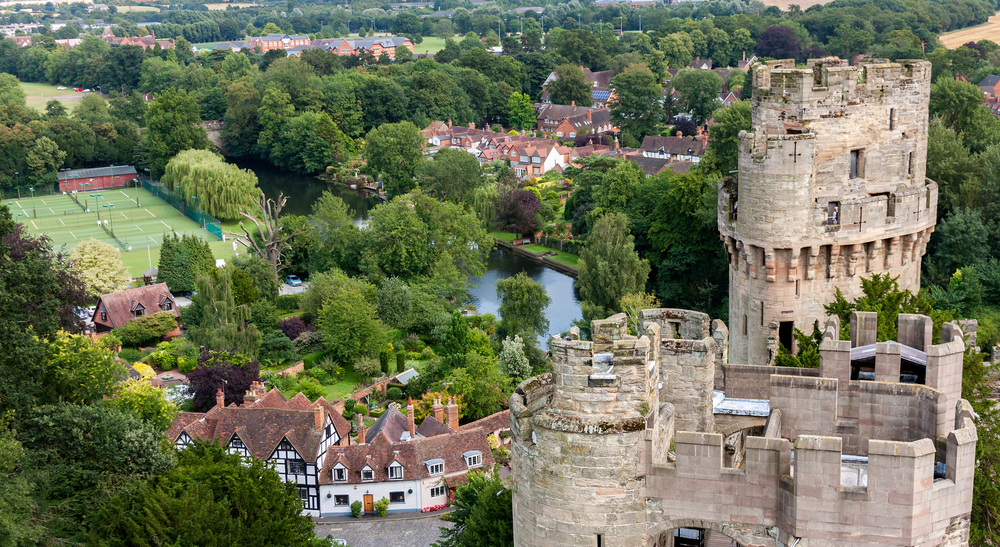
Warwick Castle ranks among England’s finest medieval fortresses, complete with towers, dungeons, and ramparts that look ready to repel invaders. The Great Hall and State Rooms showcase how the nobility lived, while the castle grounds host everything from medieval tournaments to birds of prey displays. The town itself often gets overlooked, but it features some lovely Georgian streets and independent shops. The castle’s hilltop position offers commanding views over the Avon Valley, explaining why this spot has been fortified for over 1,000 years.
Ely
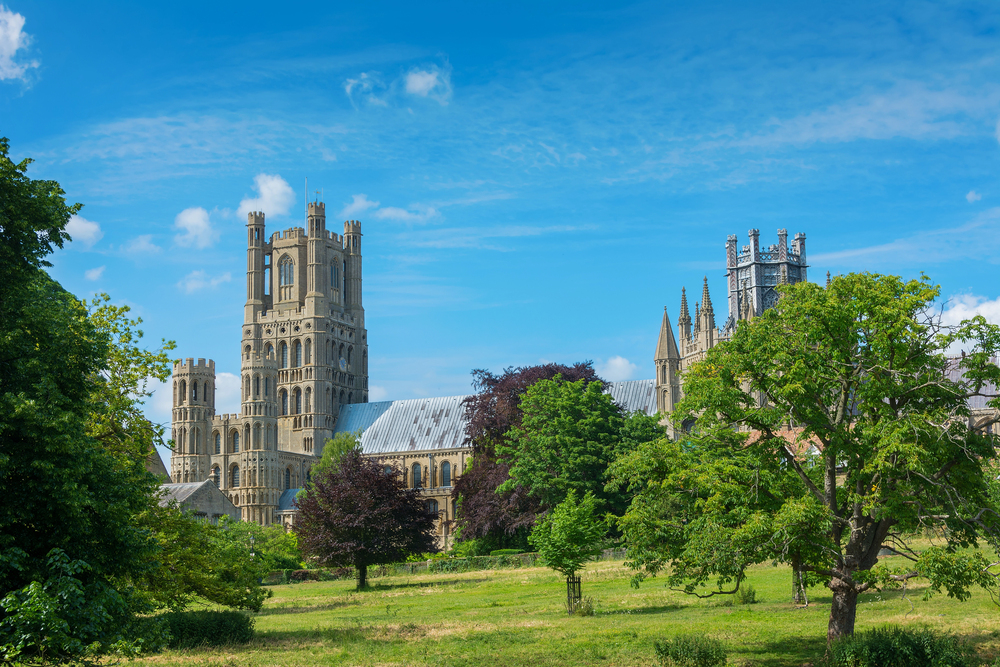
Ely Cathedral rises from the flat Cambridgeshire fens like a medieval skyscraper, earning it the nickname ‘Ship of the Fens.’ The octagonal lantern tower, added after the original Norman tower collapsed, creates one of the most innovative pieces of medieval engineering in Europe. Oliver Cromwell lived in Ely before becoming Lord Protector, and his house is now a museum that tells the story of this turbulent period. The small city retains a peaceful, cathedral close atmosphere that makes it perfect for a quiet day trip.
From Royal Retreats to Ancient Mysteries
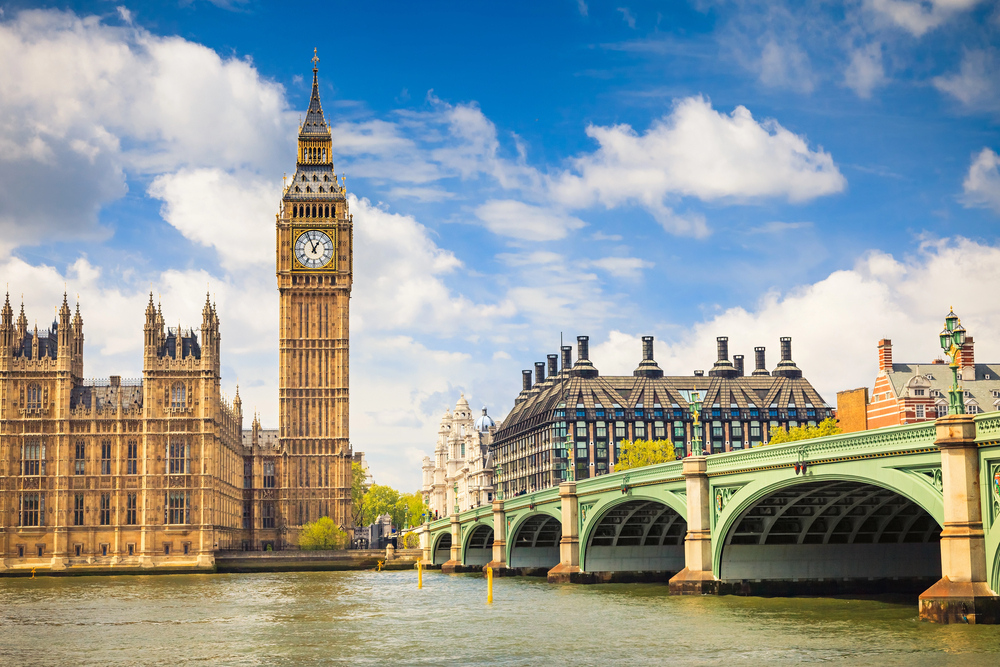
These day trips prove that London’s greatest strength might be its location at the heart of England’s incredible diversity. From Roman ruins to royal palaces, from seaside piers to medieval cathedrals, you can experience over 2,000 years of history without straying far from the capital. Each destination offers something different, whether you’re seeking culture, nature, or simply a change of pace. The train and bus connections make these adventures accessible to everyone, turning a simple day out into a journey through the layers of English history that shaped the world we know today.
More from Travel Pug

- 20 Best Beach Towns in the Carolinas
- 13 Destinations Where Tourists Regularly Regret Their Trip
- 20 Things You Actually Get in First Class
- 20 Small Airports With Aviation Museums
- 20 Places in the U.S. That Are Perfect for a Reset Trip
Like Travel Pug’s content? Follow us on MSN.
